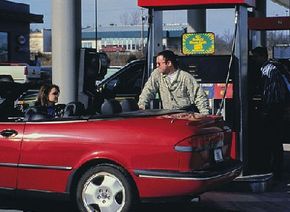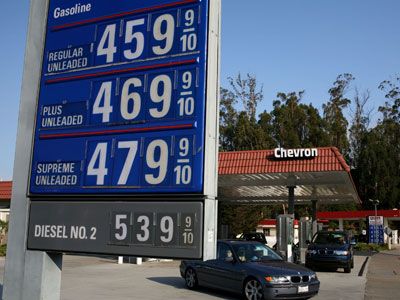When you're filling your gas tank and idly daydreaming, you've surely wondered at one point or another the common question: How does a gas pump know when to stop? This mechanism has been around for a long time, so it is safe to say there is not a miniature camera inside the nozzle hooked to a microprocessor.
The process is purely mechanical -- and ingenious. And in this article, we'll demystify the fuel pump mystery, which is so common amongst drivers and passengers.
Advertisement


